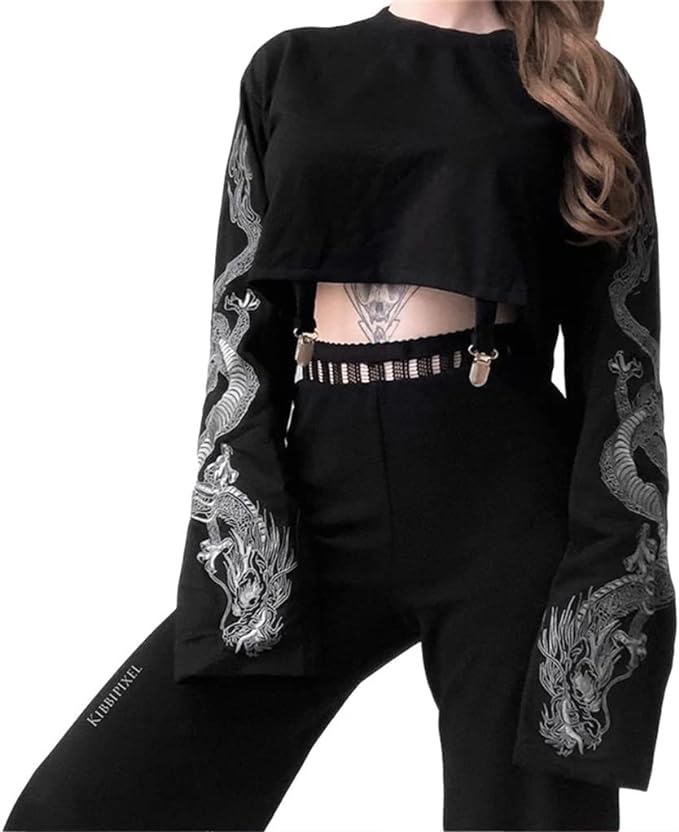Defining Emo Anime
When one hears the term “emo anime,” it may conjure images of dark clothing, moody music, and introverted characters. In the anime world, “emo” often refers to series that delve deep into emotional and psychological themes. These animes tend to focus on characters’ inner struggles, existential crises, and complex relationships. Unlike more typical, upbeat anime series, emo anime usually presents a darker, more contemplative tone, often with brooding or distressed characters that resonate with viewers who appreciate intense emotional stories. The depth and relatability of these characters’ journeys often capture the hearts of their audience, making emo anime a unique and important subset of the anime genre.
Emo anime can be seen across various genres, including drama, fantasy, and even horror. These series often gain cult followings due to their ability to tackle heavy themes such as depression, anxiety, loneliness, and the complexities of human emotion.
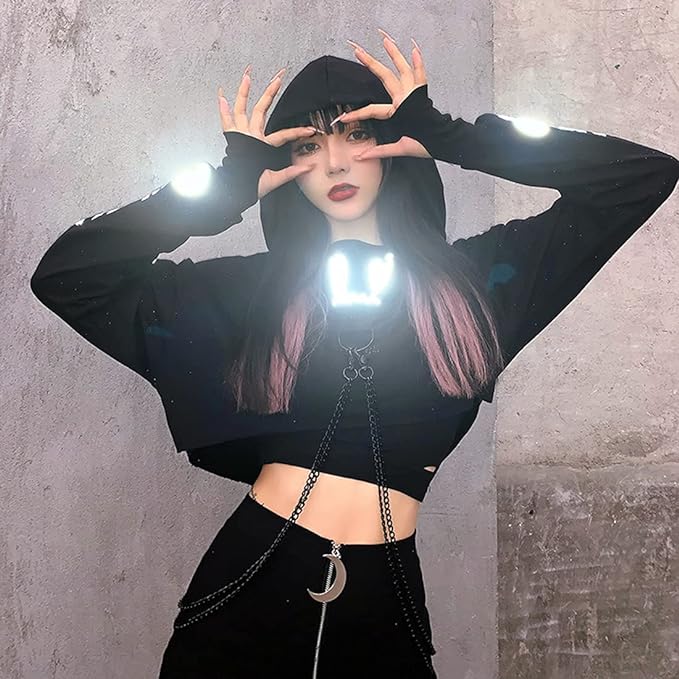
The Cultural Impact of Emo Anime
The emergence of emo anime has significantly impacted both the anime industry and its global fan-base. These series often handle subjects that are otherwise considered taboo or difficult to discuss, such as mental health issues, making them highly relatable to many individuals. The raw portrayal of such deeply personal experiences creates a bond between the characters and viewers, who may see part of their own struggles reflected on screen.
Emo anime has also influenced fashion, music, and art, contributing to the broader “emo” culture. Fans often connect with the aesthetic and themes presented in these shows, adopting similar styles and attitudes themselves. By providing a space where it’s acceptable to openly express feelings and deal with darker themes, emo anime has fostered a supportive community for those who are drawn to its content.
Iconic Emo Anime Series and Their Influence
Over the years, several emo anime series have risen to fame and become iconic within the genre. Shows like “Neon Genesis Evangelion,” “Tokyo Ghoul,” and “Elfen Lied” have challenged viewers with their complex narratives. They explore themes of identity, societal pressure, and the darker aspects of human nature. Such series have often been praised for their depth, as well as for their willingness to explore the characters’ vulnerabilities and moral ambiguities.
These iconic emo animes have not only gained huge fanbases but have also left a lasting impact on the anime industry. They’ve inspired discussions around personal and philosophical subjects rarely addressed in animation, demonstrating the medium’s power to convey serious and thought-provoking messages.
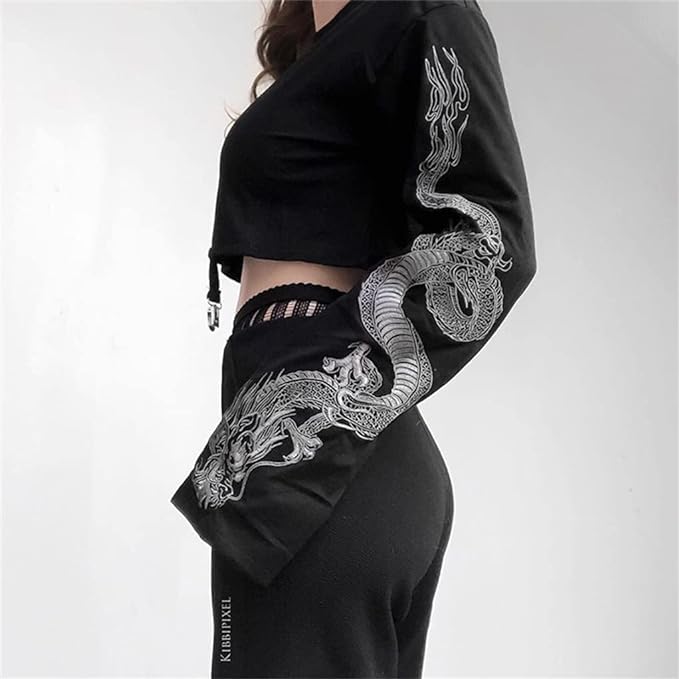
The Psychological Appeal of Emo Anime
What draws viewers to emo anime is its psychological appeal. Through its focus on emotional and mental struggles, emo anime gives form to the often indescribable feelings of despair, alienation, and longing that many individuals experience. Unlike conventional forms of entertainment, which might provide escape or distraction, emo anime confronts viewers with the reality of their internal worlds, helping them feel seen and understood.
The psychological depth of emo anime also provides fans with a way to safely explore their emotions and cope with personal issues. The reflection on-screen of their internal conflicts can be cathartic and even therapeutic for individuals who may otherwise feel isolated or misunderstood.

Emo Anime and Its Representation of Youth
Emo anime often centers around young characters, making it a poignant reflection of teenage angst and young adulthood. Viewers, especially younger ones, identify with the struggles of growing up, seeking identity, and the pain of unrequited love, which these series vividly portray. The anime medium allows for these stories to be told with artistic freedom, using fantasy and sci-fi elements to express complex emotions that might be difficult to convey in live-action series.
Themes addressed in emo shirt – such as the pressure to succeed, the challenges of fitting in, and the search for meaning – resonate strongly with a youth audience. By tackling these issues, emo anime opens up conversations and helps to destigmatize sensitive topics among its viewers.
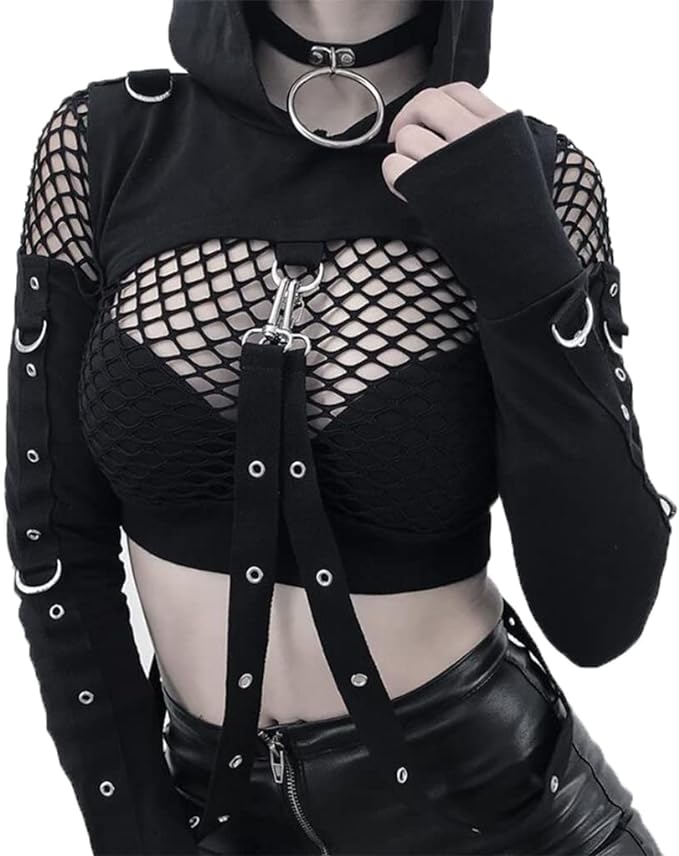
Exploring Emo Anime Across Different Media
Emo anime’s influence is not confined merely to television screens. It has expanded across different media forms, including manga (Japanese comics), novels, and films. These adaptations and expansions offer fans different ways to experience their favorite stories and characters. Additionally, many emo anime series have inspired video games and merchandise, allowing fans to engage with the franchise more deeply.
Moreover, emo anime aesthetics, themes, and soundtracks have permeated other artistic forms, further proving the genre’s wide-ranging impact. Whether through emotionally charged music in live concerts or stirring artwork in galleries, the spirit of emo anime has a significant cultural presence that surpasses its original medium.
Emo Anime’s Enduring Legacy
Emo anime stands as a powerful and poignant sub-genre within the larger anime landscape. Its stories, rich in emotional depth, challenge the viewers to confront and reflect upon the human condition. By touching on themes of mental health, existential dread, and the intrinsic search for self, emo anime has forged a lasting connection with audiences worldwide, offering solace and understanding to those grappling with similar issues.
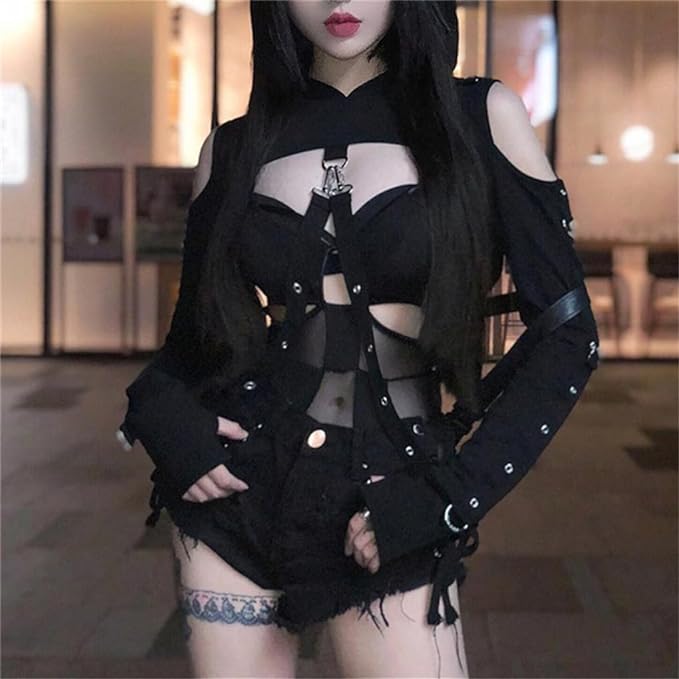
The embracing of such complex narratives in animation illustrates the evolving nature of the medium and its capacity to convey profound psychological and emotional truths. Emo anime transcends mere entertainment, becoming a mirror reflecting the intricacies of human emotion and the universal struggle for identity and meaning.
As the genre continues to grow and evolve, its influence extends beyond individual viewers, shaping societal attitudes toward mental health and emotional vulnerability. By providing a voice to the voiceless and illuminating the darker corners of the human psyche, emo anime plays a critical role in the ongoing dialogue about mental health and resilience in the face of adversity.
The legacy of emo anime lies not only in its artistic achievements but also in its ability to foster a more empathetic and understanding world. Through its exploration of the depths of human emotion, anime encourages viewers to navigate their own feelings with greater awareness and compassion. It stands as a testament to the power of storytelling to heal, unite, and inspire.
Conclusion:
In conclusion, emo anime represents a vital facet of the anime genre, one that delves deeply into the emotional landscapes that many dare not tread. Its portrayal of raw, authentic human experiences challenges viewers to confront their vulnerabilities and, in doing so, find strength. As society progresses, the continued relevancy and appreciation of emo anime serve as a reminder of the enduring need for stories that speak to the heart of human experience — stories of struggle, of pain, but ultimately, of the indomitable spirit of resilience that resides within us all.
